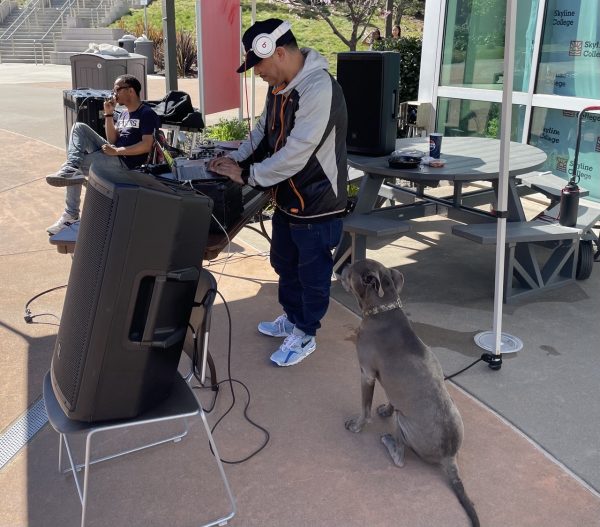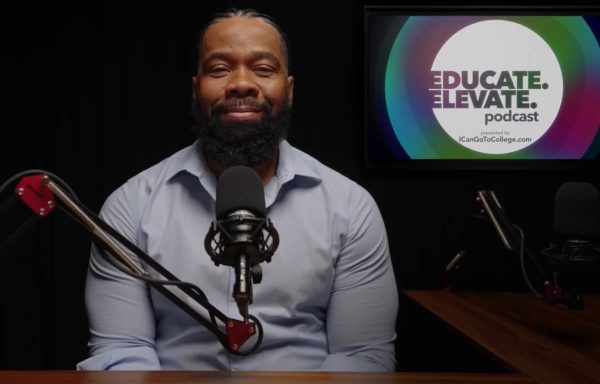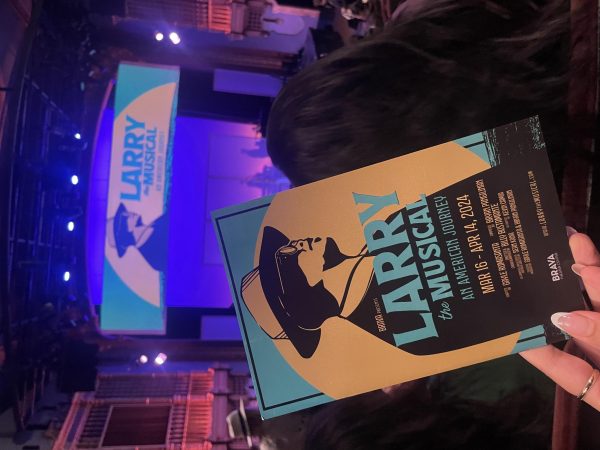Teachers Don’t Want Shooter Lockdown Drills
The traumatizing effects lockdown drills have on students change teachers’ minds
Teachers’ unions have released a report saying they want to stop using shooter lockdown drills in schools.
The American Federation of Teachers and the National Education Association released a report on Tuesday, Feb. 11, about the use of active shooter lockdown drills in schools. In making this report, the two unions collaborated with gun safety organization, Everytown for Gun Safety Support Fund (more commonly known as Everytown).
In this report, they say that active shooter lockdown drills can have a negative effect on children’s mental health. These drills, which happen to be pretty realistic, can evoke stress and produce long-lasting trauma. The former president of the National Association of School Psychologists, Melissa Reeves, says that “[the drills] end up scaring the individuals instead of better preparing them to respond in these kinds of situations”.
The American Federation of Teachers, the National Education Association, and Everytown say in their report that they “do not recommend these these drills for students and believe schools should carefully consider these impacts before conducting live drills that involve students and educators”.
In the past decade, there has been an increase in the amount of school shootings. From Sandy Hook to Parkland, these shootings received lots of media coverage. There have been marches, organizations, and activists trying to make a change. It’s no surprise, then, that about 95% of schools in America participate in these active shooter lockdown drills, according to the National Center for Education Statistics. It’s a way for schools to take precaution and practice safety for if these unfortunate events were to actually take place. With the drills, there are specific procedures to follow for their duration.
While the report’s focus was on elementary and high school students, colleges also participate in these lockdown drills, including Skyline College. There are usually announcements on the campus about the drill, as well as text messages or emails notifying students.
Routinely, as the drill begins, teachers are to instruct students to turn off the lights, lock the doors, block the entrances, and get away from the windows. Staff then goes around checking if the classroom doors are locked. This is a practice easily assessed during class, but also has the potential to trigger students.
Communication studies professor, Lindsey Ayotte, contributed her thoughts on the report from Everytown and the teacher unions, as a teacher herself.
“I feel conflicted,” she said. “We are in a time and space in our society where it is important to acknowledge that school shootings and mass shootings have become a part our reality. I hear two conflicting arguments around campus: Firstly, these drills are important; and secondly, they take away from instructional time in the classroom space. I cannot speak to the argument that the drills can cause panic, stress, and trauma (I imagine this is the case with younger students in K through 12) because what I have witnessed this in my classrooms on a college campus, but this could be because people don’t feel comfortable expressing their feelings and emotions outwardly. When instructing students about the protocol during drills, they participate but I gain a sense of apathy towards these mandated drills. Could this apathy be a result from a society that is becoming desensitized?”
Teachers across the country only want what’s best for their students, and that is to learn in a safe environment. While active shooter lockdown drills are being enacted in schools to practice safety, it also important to look at the bigger picture of gun safety and gun control. The normalization of these drills is just the reality of being a student in America.
(The original image provided was misidentified and taken down as of 3/11/2020)













